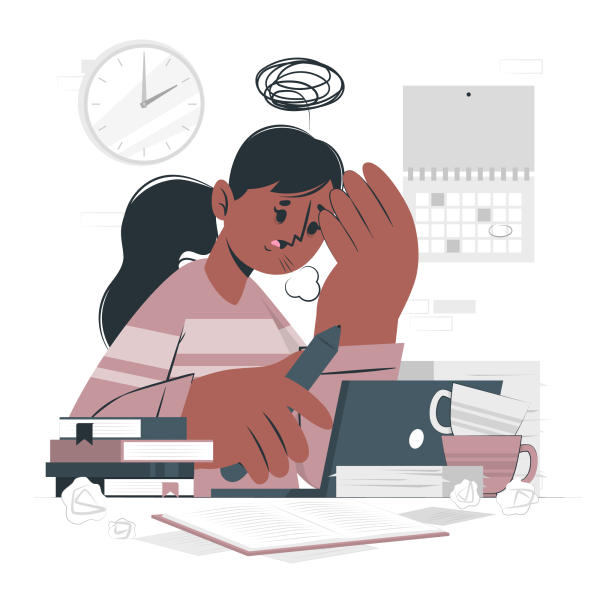When your emotions are loud and your thoughts are racing, your default might be to fix, analyze, or perform. Observation slows the spin. It’s the practice of noticing what is — your body, your environment, your feelings — without judging or changing them. Spiritually, this mirrors the invitation of Psalm 46:10: “Be still, and know that I am God.” Stillness starts with seeing.
Step One: Get Settled
Find a quiet, comfortable spot where you won’t be interrupted for a few minutes. Sit upright, plant your feet on the floor, and take three slow breaths in through your nose, out through your mouth. Allow your body to release a little tension.
Step Two: Choose Something to Observe
Pick a small, neutral object near you — a mug, pen, notebook, or even your keys. Avoid something tied to strong memories or emotions. Now, spend a few minutes noticing the object with your senses:
- Sight: What colors, shapes, edges, or shadows do you see?
- Touch: Is it smooth, rough, heavy, light, cool, warm?
- Sound: Does it make a sound if you tap or move it?
- Smell: Does it have a scent? (Skip taste unless it’s food.)
If your mind wanders, gently bring it back to the object without shaming yourself.
Step Three: Notice What Happens Inside
As you practice, you might realize: “I feel restless.” “I’m bored.” “I’m calmer than I expected.”
Don’t push those reactions away and don’t chase them down. Just name them — “restlessness is here” — and then return to the object.
Add a prayer if you’d like: “Lord, this is what’s here. I trust You to hold it with me.”
Step Four: Reflect
When you’re done, take a moment to jot a quick note — in your phone, journal, or even just in your head:
- What object did I choose?
- What qualities did I notice?
- What thoughts, emotions, or body sensations showed up?
This isn’t about “grading” yourself. It’s about recognizing growth: Did you notice sooner when your mind wandered? Were you able to return without judgment? That’s progress.
Pro Tip: Start with 2–3 minutes. Build up over time. The goal isn’t to master focus, it’s to practice noticing and returning.

